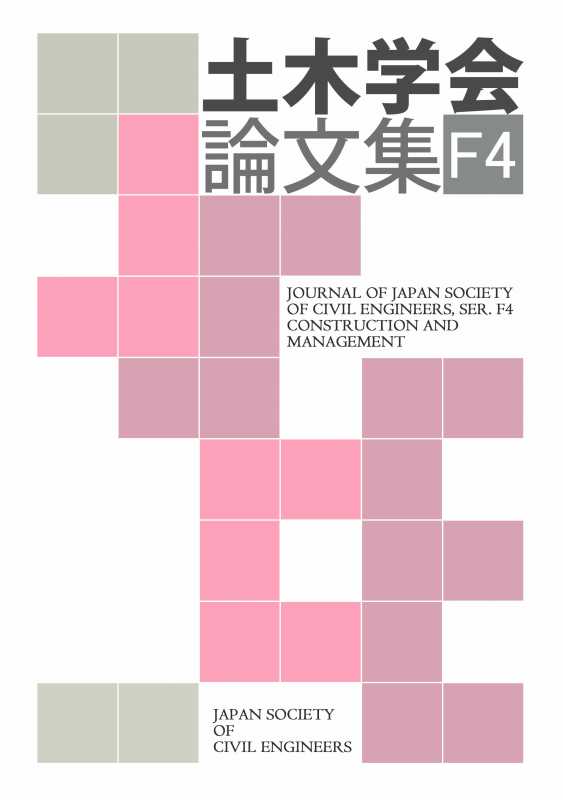Volume 76, Issue 2
Displaying 1-16 of 16 articles from this issue
- |<
- <
- 1
- >
- >|
Special Issue(Paper)
-
2020Volume 76Issue 2 Pages I_1-I_19
Published: 2020
Released on J-STAGE: March 04, 2021
Download PDF (1983K) -
2020Volume 76Issue 2 Pages I_20-I_31
Published: 2020
Released on J-STAGE: March 04, 2021
Download PDF (1219K) -
2020Volume 76Issue 2 Pages I_32-I_46
Published: 2020
Released on J-STAGE: March 04, 2021
Download PDF (8842K) -
2020Volume 76Issue 2 Pages I_47-I_59
Published: 2020
Released on J-STAGE: March 04, 2021
Download PDF (7250K) -
2020Volume 76Issue 2 Pages I_60-I_71
Published: 2020
Released on J-STAGE: March 04, 2021
Download PDF (7633K) -
2020Volume 76Issue 2 Pages I_72-I_81
Published: 2020
Released on J-STAGE: March 04, 2021
Download PDF (3164K) -
2020Volume 76Issue 2 Pages I_82-I_91
Published: 2020
Released on J-STAGE: March 04, 2021
Download PDF (813K) -
2020Volume 76Issue 2 Pages I_92-I_103
Published: 2020
Released on J-STAGE: March 04, 2021
Download PDF (558K) -
2020Volume 76Issue 2 Pages I_104-I_112
Published: 2020
Released on J-STAGE: March 04, 2021
Download PDF (620K) -
2020Volume 76Issue 2 Pages I_113-I_121
Published: 2020
Released on J-STAGE: March 04, 2021
Download PDF (906K) -
2020Volume 76Issue 2 Pages I_122-I_131
Published: 2020
Released on J-STAGE: March 04, 2021
Download PDF (1876K) -
2020Volume 76Issue 2 Pages I_132-I_145
Published: 2020
Released on J-STAGE: March 04, 2021
Download PDF (711K) -
2020Volume 76Issue 2 Pages I_146-I_156
Published: 2020
Released on J-STAGE: March 04, 2021
Download PDF (1005K) -
2020Volume 76Issue 2 Pages I_157-I_168
Published: 2020
Released on J-STAGE: March 04, 2021
Download PDF (4528K)
Special Issue(Report)
-
2020Volume 76Issue 2 Pages I_169-I_179
Published: 2020
Released on J-STAGE: March 04, 2021
Download PDF (552K) -
2020Volume 76Issue 2 Pages I_180-I_191
Published: 2020
Released on J-STAGE: March 04, 2021
Download PDF (924K)
- |<
- <
- 1
- >
- >|
